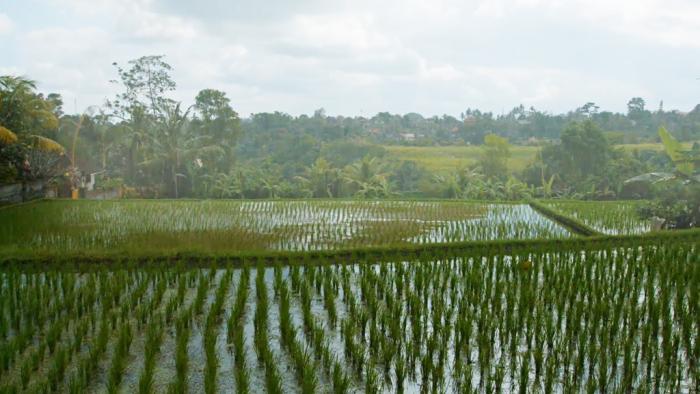In the first NASA study to calculate the value of using satellite data in disaster scenarios, researchers at NASA's Goddard Space Flight Center in Greenbelt, Maryland, calculated the time that could have been saved if ambulance drivers and other emergency responders had near-real-time information about flooded roads, using the 2011 Southeast Asian floods as a case study. Ready access to this information could have saved an average of nine minutes per emergency response and potential millions of dollars, they said.
The study is a first step in developing a model to deploy in future disasters, according to the researchers.
With lives on the line, time is money
In 2011, heavy monsoon rains and La Niña conditions across Southeast Asia’s Mekong River basin inundated and destroyed millions of acres of crops, displacing millions of people and killing hundreds. NASA Goddard’s Perry Oddo and John Bolten investigated how access to near-real-time satellite data could have helped in the aftermath of the floods, focusing on the area surrounding Bangkok, Thailand.
In previous work, they helped develop an algorithm that estimated floodwater depth from space-based observations, then combined this data with information on local infrastructure, population and land cover. They used this algorithm to calculate the disaster risk for the region, considering the vulnerability and exposure for various land cover types, and mapped where the costliest damage occurred. Assessing cost of damage can help emergency managers see what areas may be most in need of resources and also aid flood-mitigation planning and develop disaster resilience. The team used this tool to support disaster recovery after the 2018 failure of the Xepian-Xe Nam Noy hydropower dam in Laos.
In the current study, the researchers investigated the value of near-real-time information on flooded roadways — specifically, how much time could have been saved by providing satellite-based flood inundation maps to emergency responders in their drive from station to destination.
Read the full story at: https://www.nasa.gov/feature/goddard/2019/nasa-space-data-can-cut-disaster-response-times-costs



